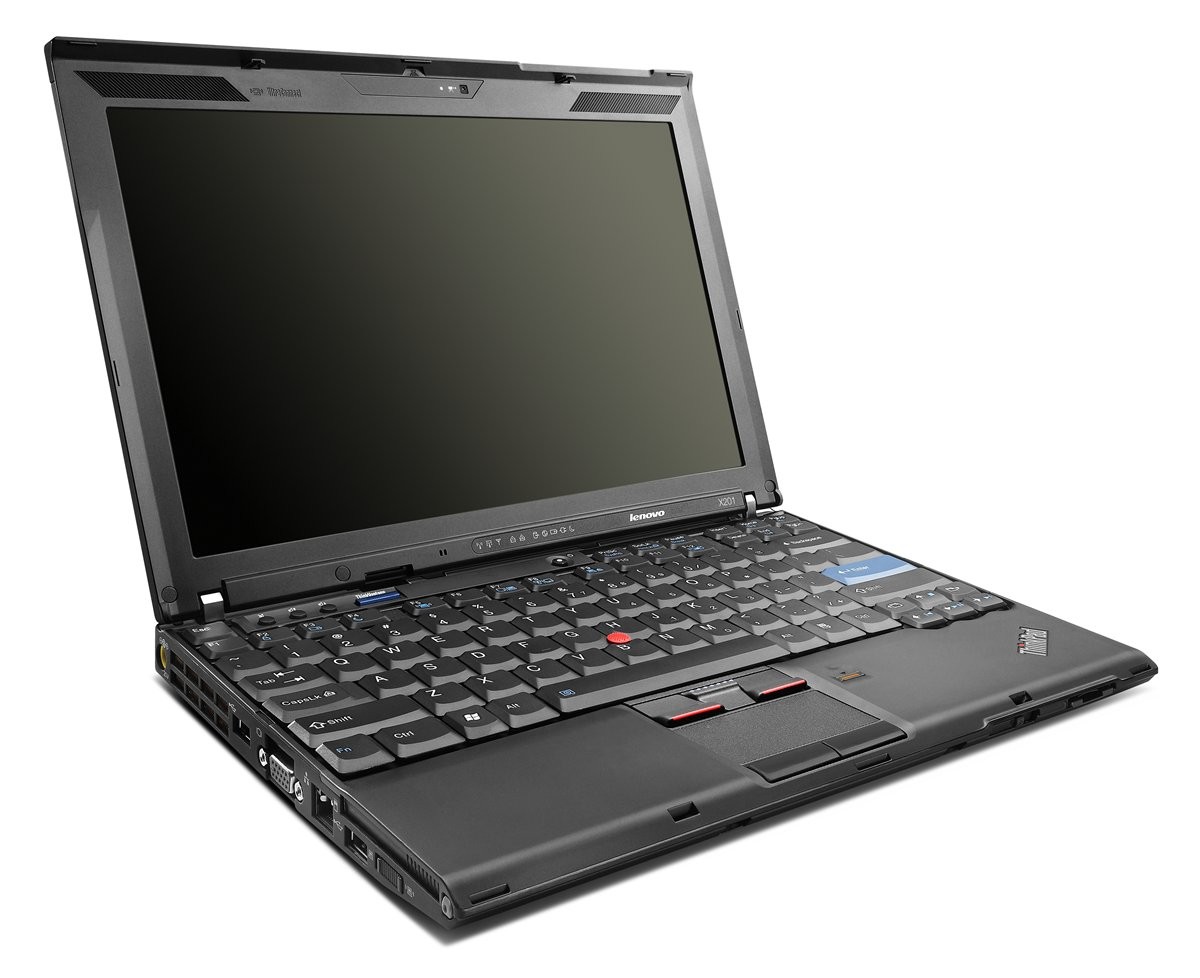I’m about to migrate to a new laptop, having done a brief pre-purchase review of options on Fosstodon and reaching a decision to buy the NovaCustom NV41. Given the rapid launch and decline of Mastodon instances, I thought I’d better summarize my process and conclusion on my self-hosted blog until the fediverse self-hosting situation improves.
Since 2010 my main portable computing device has been the Lenovo X201 that replaced the Dell Precision M65 that I bought in 2006. I have been incredibly happy with the X201, even to the point that in 2015 when I wanted to find a replacement, I couldn’t settle on a decision and eventually realized I couldn’t articulate what was wrong with the X201 and decided to just buy another X201 second-hand for my second office. There is still no deal-breaker with the X201, and I’m doing most of my computing on it including writing this post. However, today I can better articulate what is lacking with the X201 that I desire, and the state of the available options on the market has improved since my last attempt in 2015.
Briefly, my desired properties are:
- Portable – weight under 1.5kg
- Screen size 9-14″
- ISO keyboard layout, preferably Swedish layout
- Mouse trackpad, WiFi, USB and external screen connector
- Decent market availability: I should be able to purchase it from Sweden and have consumer protection, warranty, and some hope of getting service parts for the device
- Manufactured and sold by a vendor that is supportive of free software
- Preferably RJ45 connector (for data center visits)
- As little proprietary software as possible, inspired by FSF’s Respect Your Freedom
- Able to run a free operating system
My workload for the machine is Emacs, Firefox, Nextcloud client, GNOME, Evolution (mail & calendar), LibreOffice Calc/Writer, compiling software and some podman/qemu for testing. I have used Debian as the main operating system for the entire life of this laptop, but have experimented with PureOS recently. My current X201 is useful enough for this, although support for 4K displays and a faster machine wouldn’t hurt.
Based on my experience in 2015 that led me to make no decision, I changed perspective. This is a judgement call and I will not be able to fulfil all criteria. I will have to decide on a balance and the final choice will include elements that I really dislike, but still it will hopefully be better than nothing. The conflict for me mainly center around these parts:
- Non-free BIOS. This is software that runs on the main CPU and has full control of everything. I want this to run free software as much as possible. Coreboot is the main project in this area, although I prefer the more freedom-oriented Libreboot.
- Proprietary and software-upgradeable parts of the main CPU. This includes CPU microcode that is not distributed as free software. The Intel Management Engine (AMD and other CPU vendors has similar technology) falls into this category as well, and is problematic because it is an entire non-free operating system running within the CPU, with many security and freedom problems. This aspect is explored in the Libreboot FAQ further. Even if these parts can be disabled (Intel ME) or not utilized (CPU microcode), I believe the mere presence of these components in the design of the CPU is a problem, and I would prefer a CPU without these properties.
- Non-free software in other microprocessors in the laptop. Ultimately, I tend agree with the FSF’s “secondary processor” argument but when it is possible to chose between a secondary processor that runs free software and one that runs proprietary software, I would prefer as many secondary processors as possible to run free software. The libreboot binary blob reduction policy describes a move towards stronger requirements.
- Non-free firmware that has to be loaded during runtime into CPU or secondary processors. Using Linux-libre solves this but can cause some hardware to be unusable.
- WiFi, BlueTooth and physical network interface (NIC/RJ45). This is the most notable example of secondary processor problem with running non-free software and requiring non-free firmware. Sometimes these may even require non-free drivers, although in recent years this has usually been reduced into requiring non-free firmware.
A simple choice for me would be to buy one of the FSF RYF certified laptops. Right now that list only contains the 10+ year old Lenovo series, and I actually already have a X200 with libreboot that I bought earlier for comparison. The reason the X200 didn’t work out as a replacement for me was the lack of a mouse trackpad, concerns about non-free EC firmware, Intel ME uncertainty (is it really neutralized?) and non-free CPU microcode (what are the bugs that it fixes?), but primarily that for some reason that I can’t fully articulate it feels weird to use a laptop manufactured by Lenovo but modified by third parties to be useful. I believe in market forces to pressure manufacturers into Doing The Right Thing, and feel that there is no incentive for Lenovo to use libreboot in the future when this market niche is already fulfilled by re-sellers modifying Lenovo laptops. So I’d be happier buying a laptop from someone who is natively supportive of they way I’m computing. I’m sure this aspect could be discussed a lot more, and maybe I’ll come back to do that, and could even reconsider my thinking (the right-to-repair argument is compelling). I will definitely continue to monitor the list of RYF-certified laptops to see if future entries are more suitable options for me.
Eventually I decided to buy the NovaCustom NV41 laptop, and it arrived quickly and I’m in the process of setting it up. I hope to write a separate blog about it next.
